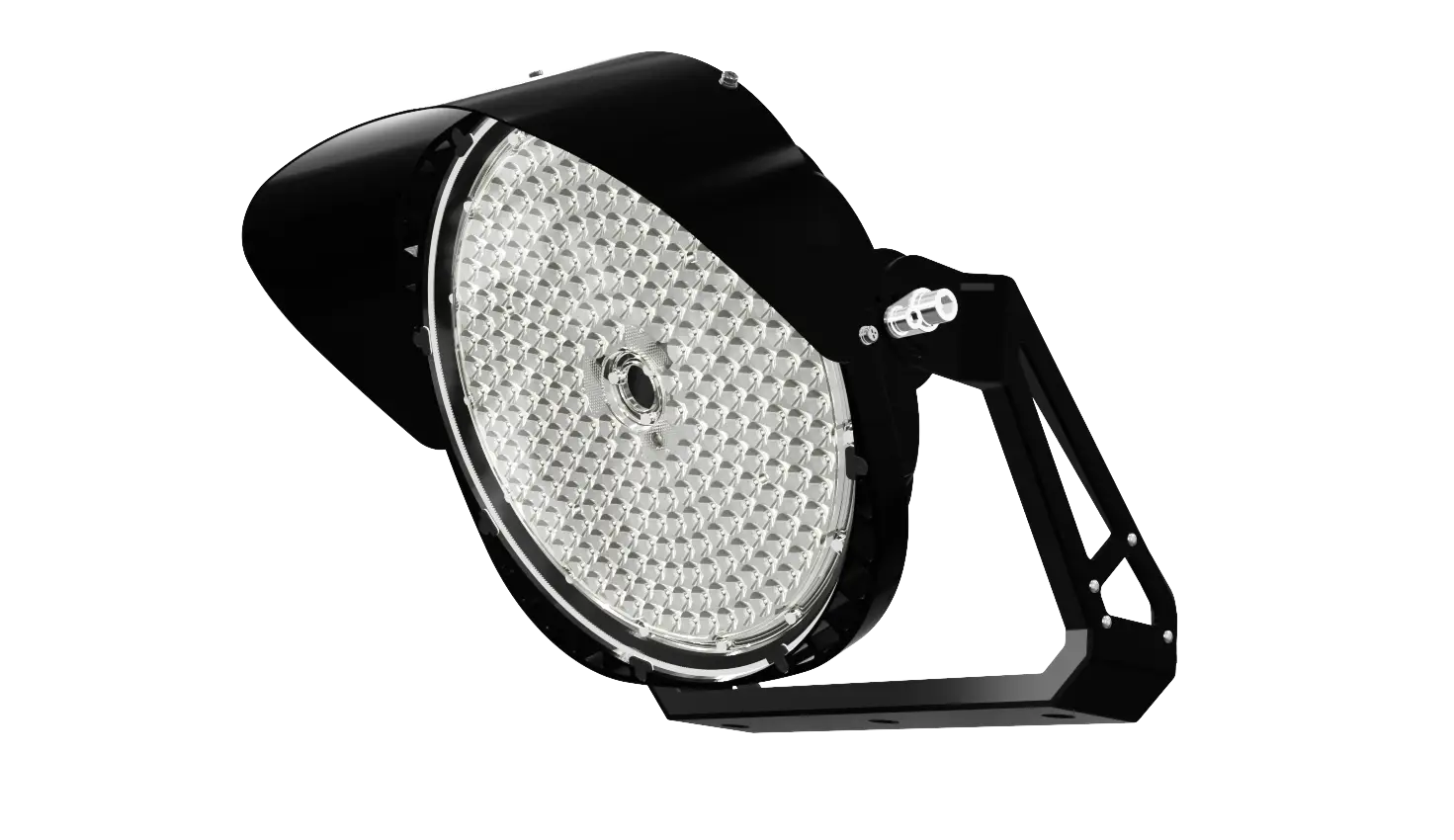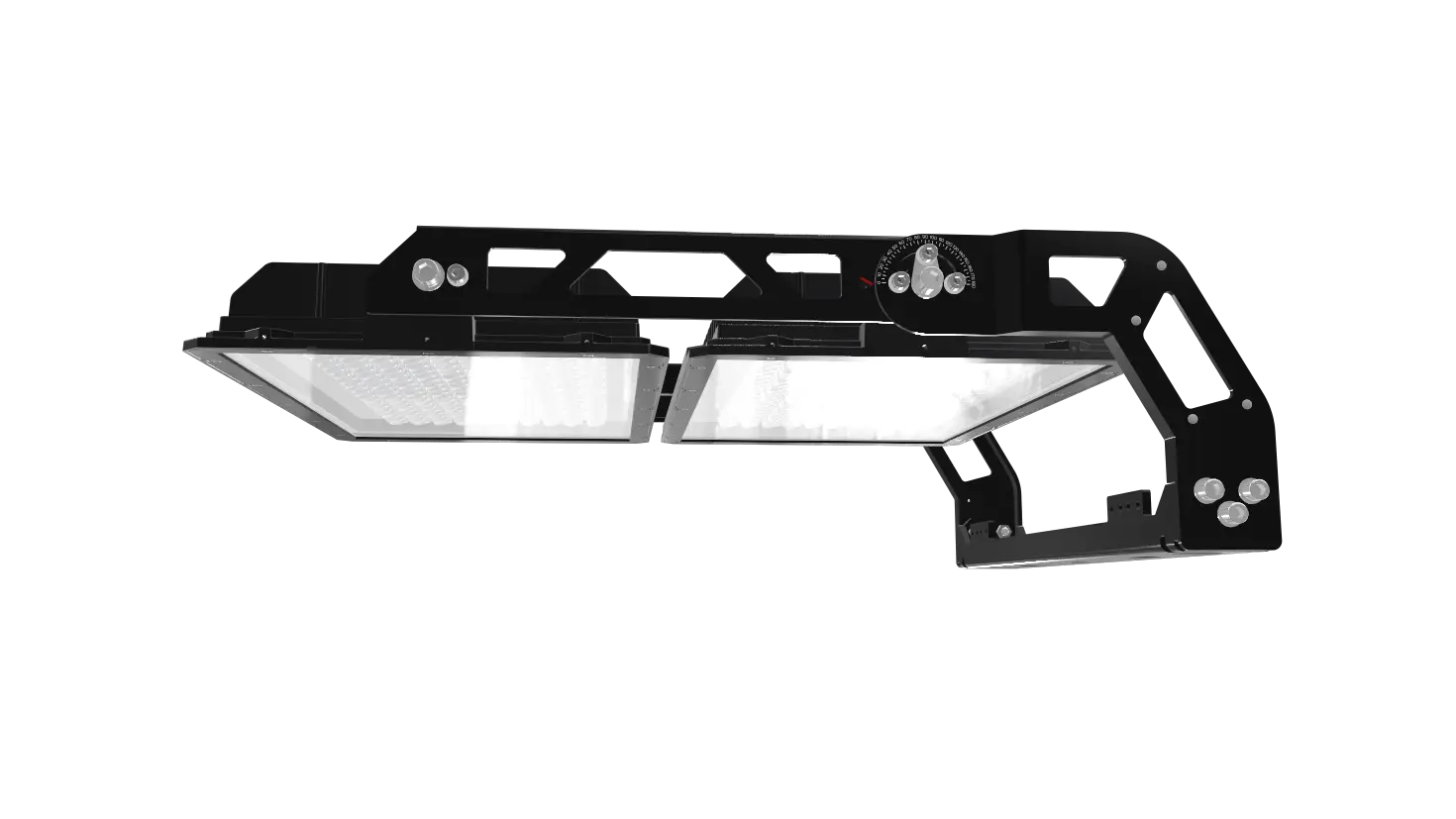How to Light a Baseball Field?
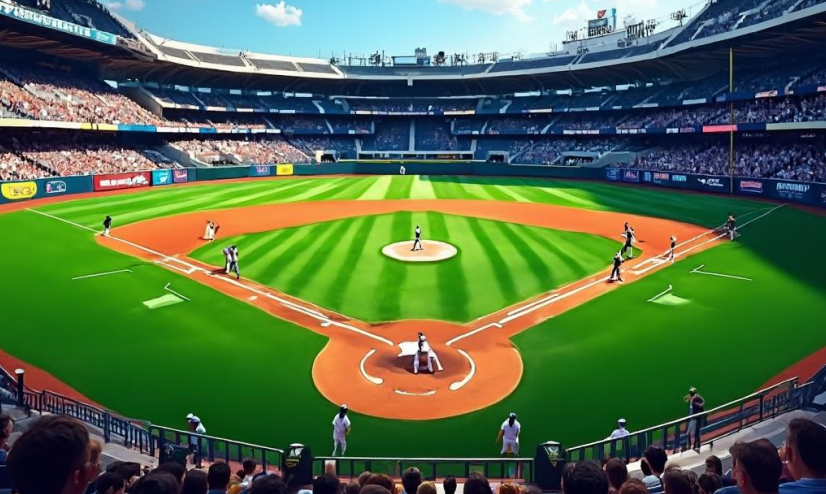
Directory:
1. Determine Baseball Lighting Class & Standards
2. Select Baseball Lighting Layout & Pole Placement
3. Choose Luminaires & Light Distribution
4. Control Glare & Light Spillage
5. Verification & Testing
6. Key Baseball Lighting Design Principles
7. How many lumens does it take to light a baseball field?
1. Determine Baseball Lighting Class & Standards
1.1 IHSA High School Standard (for non-TV events):
Infield: ≥50 footcandles (fc) (≈538 lux)
Outfield: ≥30 fc (≈323 lux)
Uniformity Ratio: ≤2:1 (infield), ≤2.5:1 (outfield)
Aerial illumination must cover the ball’s flight trajectory up to its maximum height (e.g., add calculation planes at various elevations).
1.2 CBAA Baseball Lighting Standard (for TV broadcast, Classes I-IV)
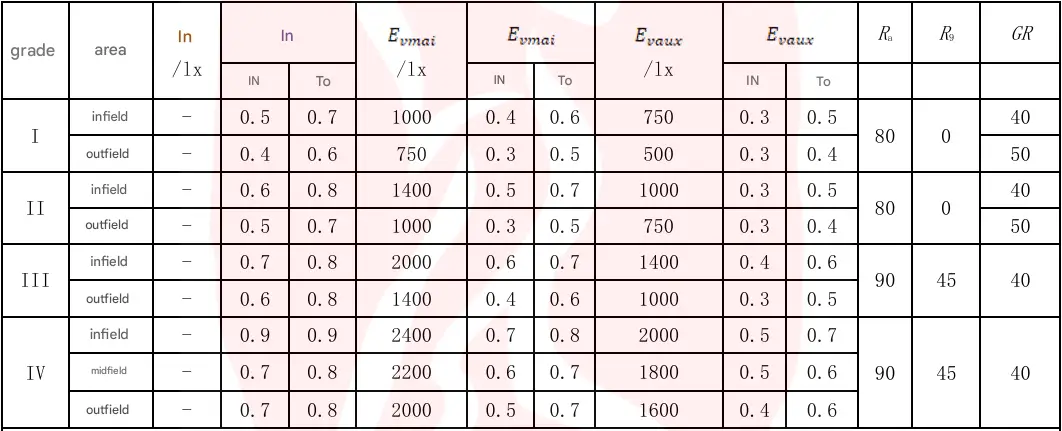
1.3 EN-12193 Baseball Lighting Standard
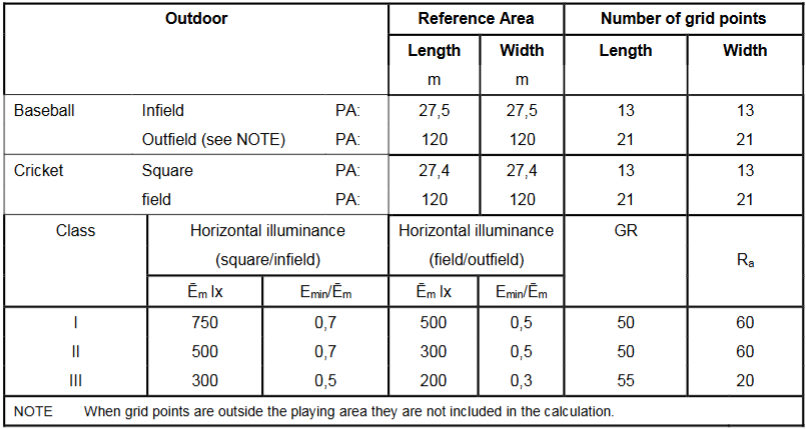
2. Select Baseball Lighting Layout & Pole Placement
2.1 Optimal Pole Configuration:
8-pole design is recommended for fields ≥320 ft radius.
Poles must be outside the 20° viewing angle from all four bases to avoid glare.
"A" poles (near home plate) should align behind home plate to illuminate the ball for batters (IHSA).
2.2 Pole Height & Angle:
Minimum height: 28m.
Angle between pole top and infield (e.g., shortstop): 25°–40°.

3. Choose Luminaires & Light Distribution
3.1 Luminaire Type:
Use asymmetric LED floodlights (e.g., 120,000+ lumens) for energy efficiency and flicker control.
Beam Angles: Narrow beams (Y2/Y3) for outfield, wider beams (Y4/Y5) for infield.
3.2 Special Requirements:
Pitcher's mound & home plate: Higher illuminance without compromising uniformity.
Aerial coverage: Ensure illumination up to 30m height to track high-fly balls.
4. Control Glare & Light Spillage
4.1 Glare Control (GR):
Limit GR to ≤40 (Class IV) or ≤50 (Class I) via precise aiming.
Avoid luminaire tilt >60° (LED) or >70° (HID) toward players.
4.2 Light Trespass Limits:
≤25 lx horizontal / ≤45 lx vertical at 50m beyond field.
≤10 lx horizontal / ≤20 lx vertical at 200m.
5. Verification & Testing
5.1 On-Site Testing:
Measure illuminance at 36" height using a calibrated meter.
Calculate uniformity: Max/Min ratio ≤2:1 (infield) or ≤2.5:1 (outfield).
5.2 Documentation:
Provide illuminance calculations for all camera positions (#1–#6 for Class IV).
6. Key Baseball Lighting Design Principles
Infield vs. Outfield Gradient: Infield illuminance should be ~50% higher than outfield to enhance contrast, with a sharp transition at the boundary.
Aerial Illumination: Critical for tracking fast-moving balls; include vertical planes up to max. trajectory height.
Durability: Use IP65-rated, corrosion-resistant fixtures.
7. How many lumens does it take to light a baseball field?
The number of lumens required to light a baseball field depends on several factors, including the field's size, lighting standards (e.g., amateur vs. professional play), and whether TV broadcasting is involved.
7.1 Baseball Lighting Standards & Illuminance Requirements
Sports lighting standards typically specify illuminance (lux) rather than total lumens, as lux accounts for light distribution over the area. For professional baseball fields, horizontal illuminance often exceeds 1,500–2,000 lux for televised games.
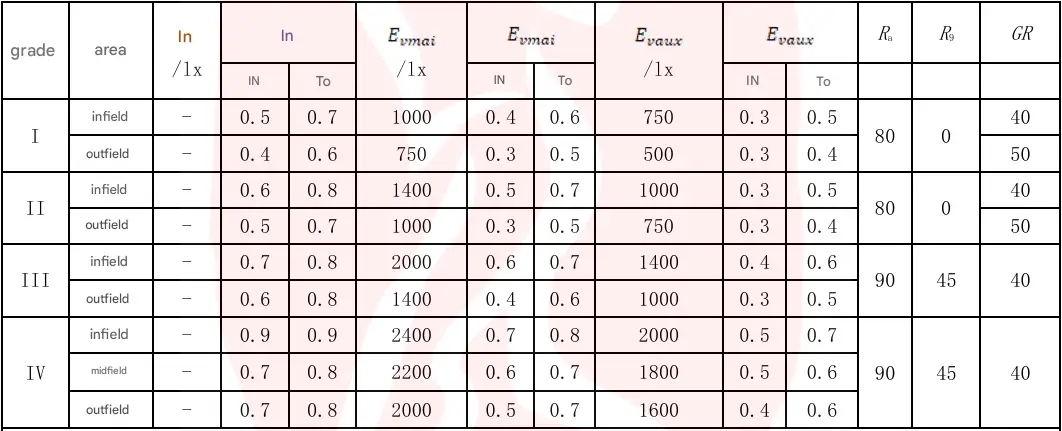
7.2 LED Efficiency and Total Lumens
Calculation:
Total Lumens=Illuminance (lux)×Field Area (m²)×Light Loss Factor (LLF)Light Loss Factor (LLF): Typically 0.7–0.9 (accounts for dirt, aging, and maintenance).
Modern LED systems achieve 150–200 lumens per watt (lm/W), as demonstrated in high-efficiency lighting solutions.
Assuming a baseball field area of ~10,000 m² and uniform coverage, total luminous flux could range between 15 million to 30 million lumens (based on 1,500–2,000 lux × 10,000 m²).
7.3 Practical Considerations
Real-world designs require directional fixtures to minimize glare and ensure uniformity. For example, stadiums often use 500–1,500-Watt LED fixtures (75,000–225,000 lumens each), with total systems exceeding 1–2 million lumens for amateur fields and 10–20 million lumens for professional venues.
For precise calculations, factors like mast height, beam angles, and reflectivity must be modeled using lighting design software.If you need more accurate calculation, please contact us, and our engineers will provide you with more professional services.

